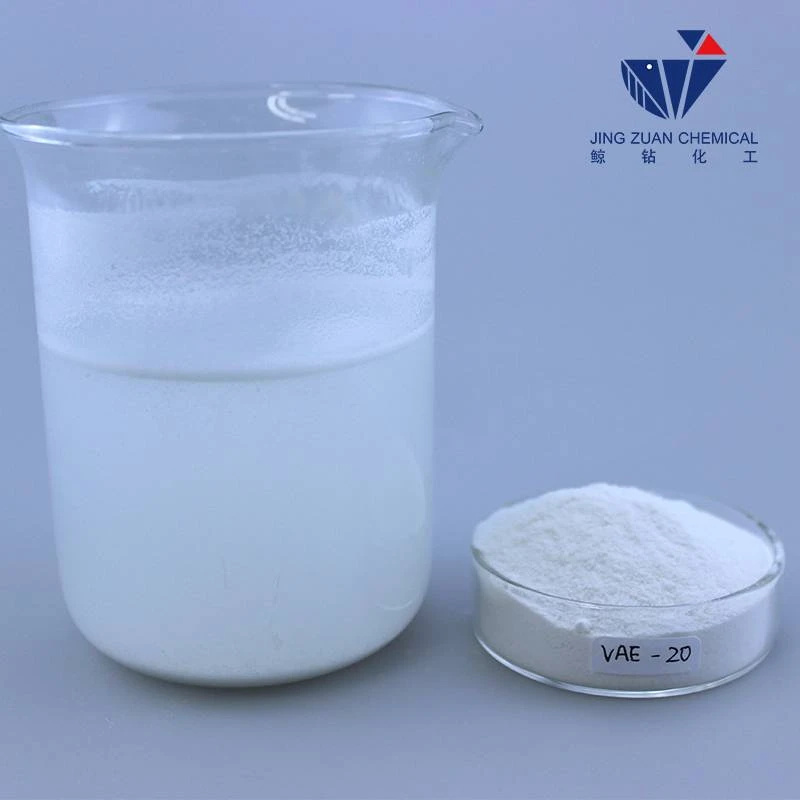
Nov . 28, 2024 10:47 Back to list
HPMC Solubility Characteristics in Cold Water for Pharmaceutical Applications
HPMC Solubility in Cold Water A Comprehensive Overview
Hydroxypropyl methylcellulose (HPMC) is a widely used water-soluble polymer derived from cellulose, a natural polysaccharide. Due to its unique properties, such as thickening, gelling, and stabilizing capabilities, HPMC has found extensive applications in various industries, including pharmaceuticals, food, cosmetics, and construction. Understanding the solubility of HPMC in cold water is crucial for optimizing its use in formulating products effectively.
Characteristics of HPMC
HPMC is produced by the reaction of cellulose with propylene oxide and methyl chloride. Its structure consists of a hydrophobic hydroxypropyl group and a hydrophilic methyl group, which significantly influences its solubility. The degree of substitution of these groups can vary, affecting the polymer's solubility characteristics, viscosity, and thermal stability. HPMC is available in a range of grades, each tailored for specific applications, with varying molecular weights and degrees of substitution that govern its solubility behavior.
Solubility in Cold Water
One of the most salient features of HPMC is its ability to dissolve in cold water. This property renders HPMC an excellent choice for a variety of formulations, particularly in situations where heat-sensitive components are present. Unlike some other polymers that require heating to dissolve, HPMC can disperse in cold water, forming a stable gel or viscous solution, which is advantageous in many applications.
When adding HPMC to cold water, it is essential to ensure proper dispersion. This can be challenging because HPMC may form clumps if added too quickly or without adequate stirring. To achieve optimal solubility, a common practice is to sprinkle the powder evenly over the surface of the water while gently stirring. This technique promotes even hydration and helps prevent the formation of lumps.
Factors Affecting Solubility
hpmc solubility in cold water

The solubility of HPMC in cold water can be influenced by several factors, including the grade of HPMC used, water temperature, and mixing conditions. The molecular weight and degree of substitution directly affect how quickly and effectively HPMC dissolves. Higher molecular weight grades of HPMC tend to form more viscous solutions and may take longer to dissolve in cold water compared to lower molecular weight grades.
While HPMC is soluble in cold water, increasing the temperature can accelerate the process. However, in formulations where temperature-sensitive ingredients are present, maintaining the cold conditions is necessary. Additionally, the concentration of HPMC plays a crucial role—higher concentrations can lead to increased viscosity and may require more thorough mixing to ensure a homogeneous solution.
Applications Relying on HPMC Solubility
The unique solubility characteristics of HPMC are exploited in various applications. In the pharmaceutical industry, HPMC is often used as a binder in tablet formulations and as a coating agent, thanks to its solubility in cold water and ability to form a controlled-release layer. In the food industry, HPMC serves as a thickening agent and stabilizer in products like sauces, dressings, and dairy applications. Its ability to retain moisture makes it a valuable ingredient in gluten-free bakery products, improving texture and shelf life.
Furthermore, HPMC is also widely employed in the construction industry as an additive in cement-based products, enhancing workability and adhesion. Its ability to dissolve in cold water makes it easier to incorporate into formulations, ensuring consistent properties across different batch productions.
Conclusion
In summary, HPMC's solubility in cold water is a pivotal characteristic that broadens its applicability across various industries. The ease of use, combined with its multifunctional attributes, positions HPMC as a valuable ingredient in many formulations. Understanding the specific properties of different HPMC grades and their solubility behavior is crucial for formulators aiming to achieve optimal results in product development. As research continues to explore the potential of HPMC, its importance in both existing and emerging applications will undoubtedly grow, highlighting the need for ongoing investigation into this versatile polymer.
-
Versatile Hpmc Uses in Different Industries
NewsJun.19,2025
-
Redispersible Powder's Role in Enhancing Durability of Construction Products
NewsJun.19,2025
-
Hydroxyethyl Cellulose Applications Driving Green Industrial Processes
NewsJun.19,2025
-
Exploring Different Redispersible Polymer Powder
NewsJun.19,2025
-
Choosing the Right Mortar Bonding Agent
NewsJun.19,2025
-
Applications and Significance of China Hpmc in Modern Industries
NewsJun.19,2025







